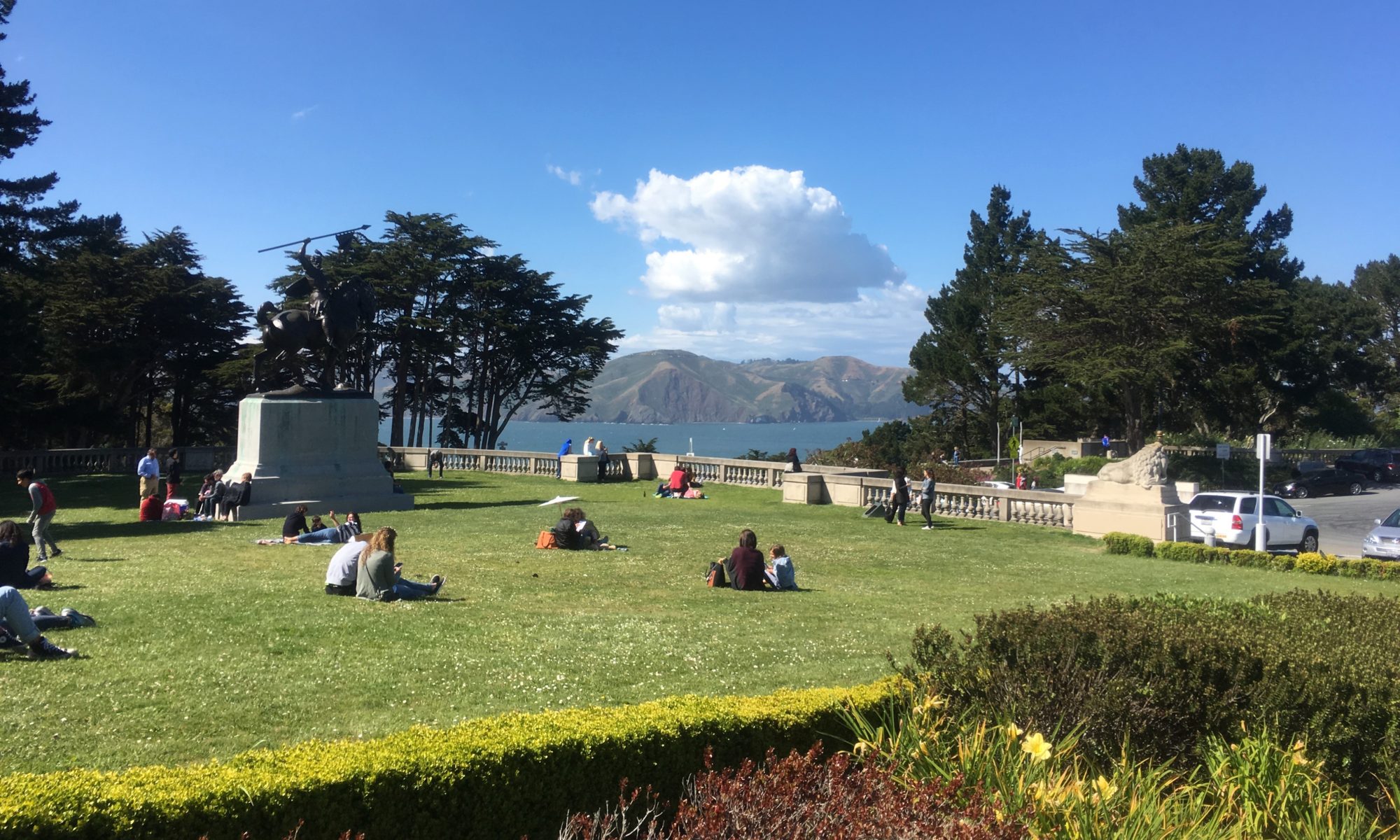By Xueer Lu : missionlocal – excerpt
Update: Hours after publication, both families won another temporary extension, meaning they will not face eviction again until mid-April…

Two steps forward and four steps back. How do we get back through the looking glass?
In last-minute reversal, S.F. homeless families avoid eviction — for now.
Two San Francisco families who were set to be evicted from their homeless shelters on Monday night have won a reprieve following protests by advocates and several press stories highlighting their plight, according to Matt Alexander, an advocate working with the families.
The families of Vilma Arias and Maria Flores, two in a group of some 30 families who are facing eviction after San Francisco reintroduced a cap on the number of nights families can stay in city-contracted homeless shelters, were told to be out of their rooms at St. Joseph Family Center by 5 p.m. tonight.
If not, shelter staff told the families, the police would be called…(more)
Whiplash politics from Washington to SF! What gives? Why don’t they do us all a favor and DO NOTHING! That is the cheapest least chaotic way to end this mind-bogging confusion we are in. Did something happen to our leaders? Did power go to their head or what? Who said we wanted mass change? I thought the public voted for border security and safe streets and an end to inflation. Nothing they are doing is gong to fix those problems!
